Growing Geriatric Population
The Endoscopy Cameras Market is significantly impacted by the growing geriatric population, which is more susceptible to various health issues requiring endoscopic interventions. As individuals age, the likelihood of developing conditions that necessitate endoscopic procedures increases, thereby driving demand for endoscopy cameras. Recent statistics indicate that the global population aged 65 and older is projected to reach 1.5 billion by 2050, highlighting the urgent need for effective diagnostic tools. This demographic shift is likely to result in a corresponding increase in the utilization of endoscopic procedures, thereby fostering growth within the Endoscopy Cameras Market. Healthcare systems are adapting to this trend by investing in advanced endoscopic technologies to cater to the needs of older patients.
Increased Focus on Patient Safety
The Endoscopy Cameras Market is witnessing a heightened focus on patient safety, which is driving the adoption of advanced endoscopic technologies. Healthcare providers are increasingly prioritizing the minimization of risks associated with procedures, leading to the development of safer and more efficient endoscopy cameras. Innovations such as disposable endoscopes and enhanced sterilization techniques are being integrated into the market to address these concerns. According to industry reports, the demand for safer endoscopic solutions is expected to grow, with a projected increase in market share for these products. This emphasis on patient safety not only enhances the quality of care but also propels the Endoscopy Cameras Market forward.
Technological Advancements in Imaging
The Endoscopy Cameras Market is experiencing a surge in technological advancements, particularly in imaging capabilities. Innovations such as high-definition (HD) and 4K imaging are enhancing the clarity and detail of endoscopic procedures. These advancements allow for better visualization of internal organs, which is crucial for accurate diagnosis and treatment. Furthermore, the integration of artificial intelligence (AI) in endoscopy cameras is streamlining image analysis, potentially reducing the time required for diagnosis. According to recent data, the market for advanced imaging technologies is projected to grow at a compound annual growth rate (CAGR) of approximately 8% over the next five years. This growth is indicative of the increasing reliance on sophisticated imaging solutions within the Endoscopy Cameras Market.
Expansion of Healthcare Infrastructure
The Endoscopy Cameras Market is benefiting from the expansion of healthcare infrastructure, particularly in emerging economies. As healthcare facilities enhance their capabilities, there is a growing demand for advanced medical equipment, including endoscopy cameras. Investments in healthcare infrastructure are being made to improve access to quality medical services, which in turn drives the need for effective diagnostic tools. Recent data suggests that healthcare spending in developing regions is expected to increase significantly, with a focus on modernizing medical facilities. This expansion is likely to create new opportunities for the Endoscopy Cameras Market, as healthcare providers seek to equip their facilities with state-of-the-art endoscopic technologies to meet the rising demand for diagnostic procedures.
Rising Incidence of Gastrointestinal Disorders
The Endoscopy Cameras Market is significantly influenced by the rising incidence of gastrointestinal disorders, which necessitate effective diagnostic tools. Conditions such as colorectal cancer, inflammatory bowel disease, and gastroesophageal reflux disease are becoming more prevalent, leading to an increased demand for endoscopic procedures. Data indicates that the prevalence of colorectal cancer is expected to rise, with estimates suggesting that it could affect over 1.9 million individuals by 2030. This trend underscores the critical role of endoscopy cameras in early detection and treatment, thereby driving market growth. As healthcare providers seek to improve patient outcomes, the Endoscopy Cameras Market is likely to expand in response to these growing healthcare needs.


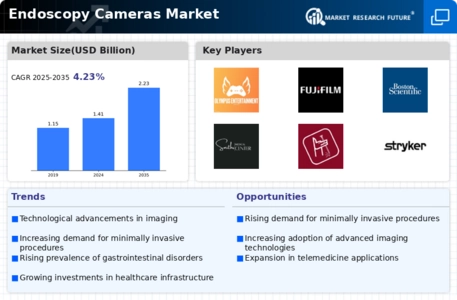


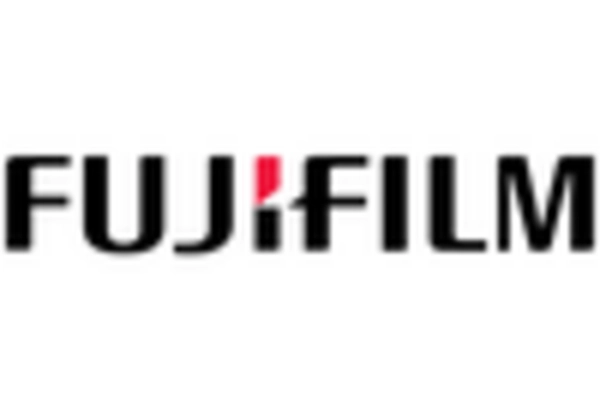
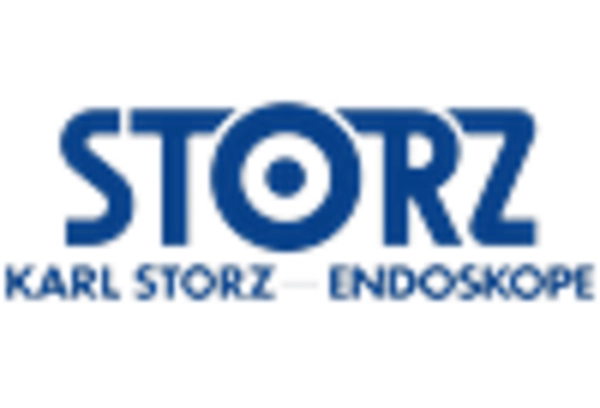
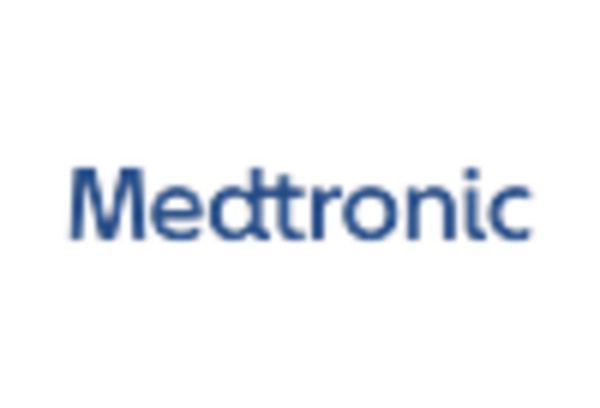
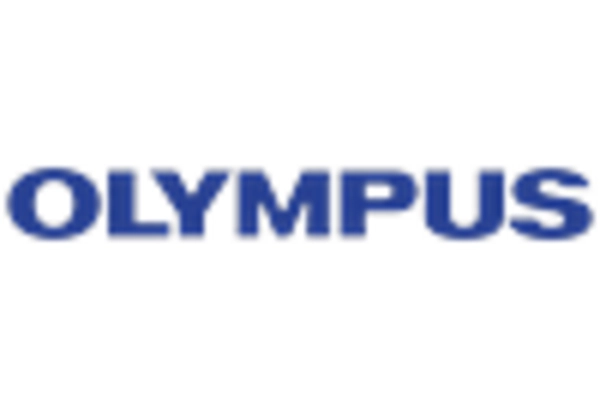
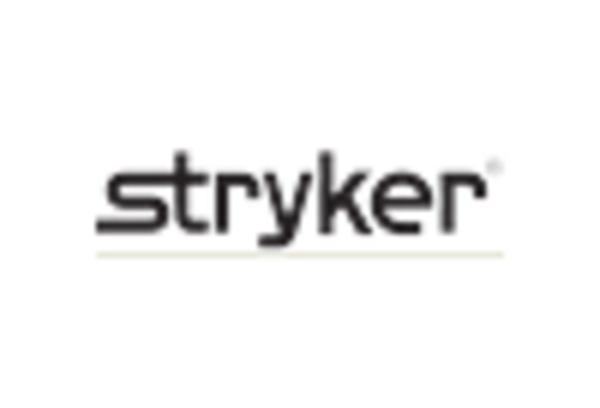








Leave a Comment